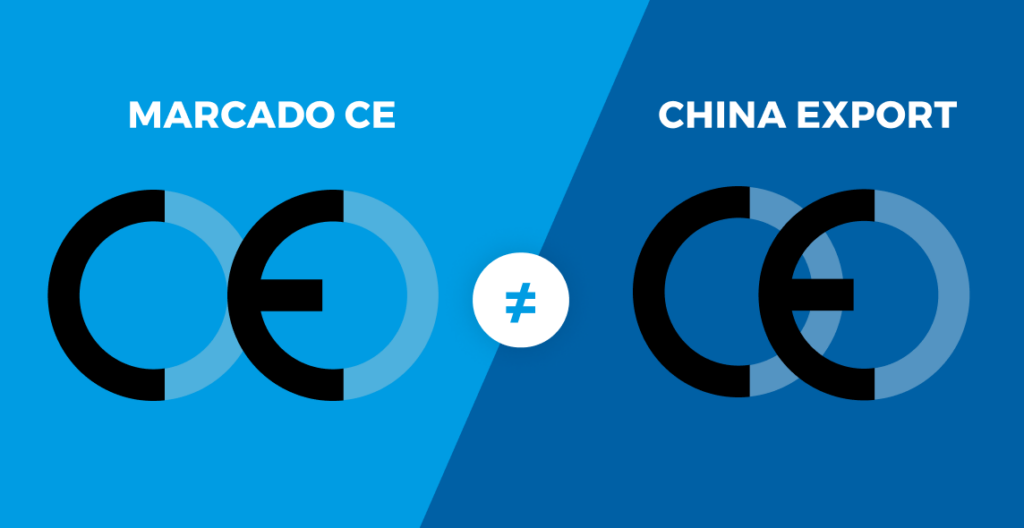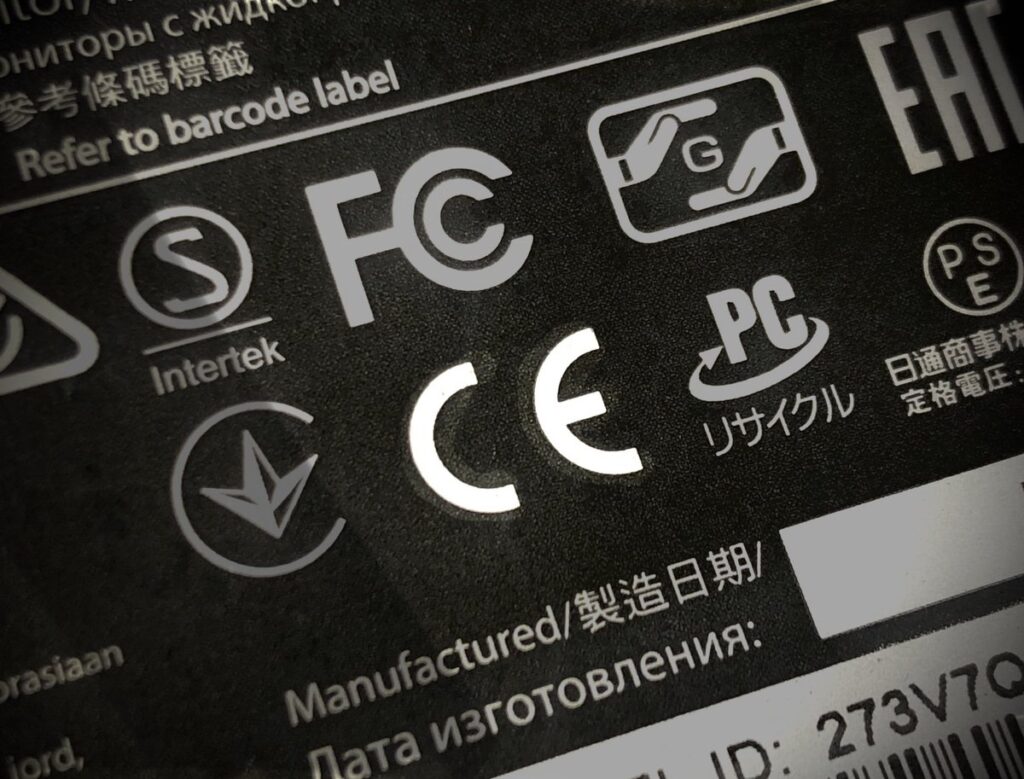The CE mark, or European Conformity mark, was established by the European Community and represents a declaration by manufacturers, importers and distributors that a given product meets a number of technical and legal requirements laid down by the European product directives.
Manufacturers play a crucial role in ensuring that products placed in the enlarged European Economic Area (EEA) single market comply with public safety requirements.
When a manufacturer wants his product to be placed on the market in the ESA, he must carry out the conformity assessment, establish the technical dossier, issue the EU declaration of conformity and thus be able to affix the CE mark on his product.
The CE marking is the manufacturer’s declaration that his machine or product complies with the safety, health and environmental protection requirements established by Member States of the European Union, and therefore can move freely within the European Union.
How can I get the CE marking?
As a manufacturer, you must follow these 6 steps to place the CE mark on your product:
- Identify the directive(s) (s) and applicable harmonised standards.
- Verify specific product requirements.
- Determine whether an independent conformity assessment (carried out by a notified body) is necessary.
- Test the product and verify its conformity.
- Prepare and keep available the required technical documentation.
- Place the CE mark and prepare the EU Declaration of Conformity.
These 6 steps may vary depending on the product, as the conformity assessment procedure varies. Manufacturers must not affix the CE mark on products which do not fall within the scope of one of the directives allowing their affixing.
For example, for products with higher safety risks, such as gas boilers, safety cannot be verified by the manufacturer alone. In such cases, the safety verification should be carried out by an independent organisation, specifically a notified body designated by the national authorities.
The manufacturer may only affix the CE mark on the product once it has been completed.
What are the benefits of CE marking?
It not only means complying with EU law, but also has a number of advantages. Here are some of them:
- Access to the European market: The CE marking allows products to move freely within EU Member States without additional technical restrictions or trade barriers.
- Compliance with legal requirements: Obtaining the CE marking means that the manufacturer has complied with EU legal and regulatory requirements regarding the safety, health and environmental protection of its products.
- Quality and safety standards: The CE marking ensures that products comply with the quality and safety standards set by the EU. This helps protect consumers and reduce the risks associated with the use of potentially dangerous or low quality products.
- Competitive advantage in the market: Products bearing the CE mark are usually more attractive to buyers and can be considered more reliable and safe compared to those without the certificate.
- Facilitation of international trade: CE marking is recognised and accepted in many countries outside the EU as a symbol of conformity with European standards. This simplifies the export process and facilitates international trade for European manufacturers.
- Documentary simplification: Obtaining the CE marking means complying with the technical documentation and conformity requirements established by the EU. This helps manufacturers by providing a clear, standardized structure for the preparation of necessary documentation, which simplifies the process and saves time.

Are all products with the initials CE compliant?
The China Export symbol indicates that it uses the same initials as the ESA CE marking, but in its case is not a guarantee of quality, but only indicates that the product was manufactured in China.
No registration, test or audit is required for the Chinese export symbol. The symbol can be used arbitrarily by Chinese manufacturers. These products do not have any risk assessment, safety assessment or quality testing.
It is therefore necessary to know how to differentiate them.
